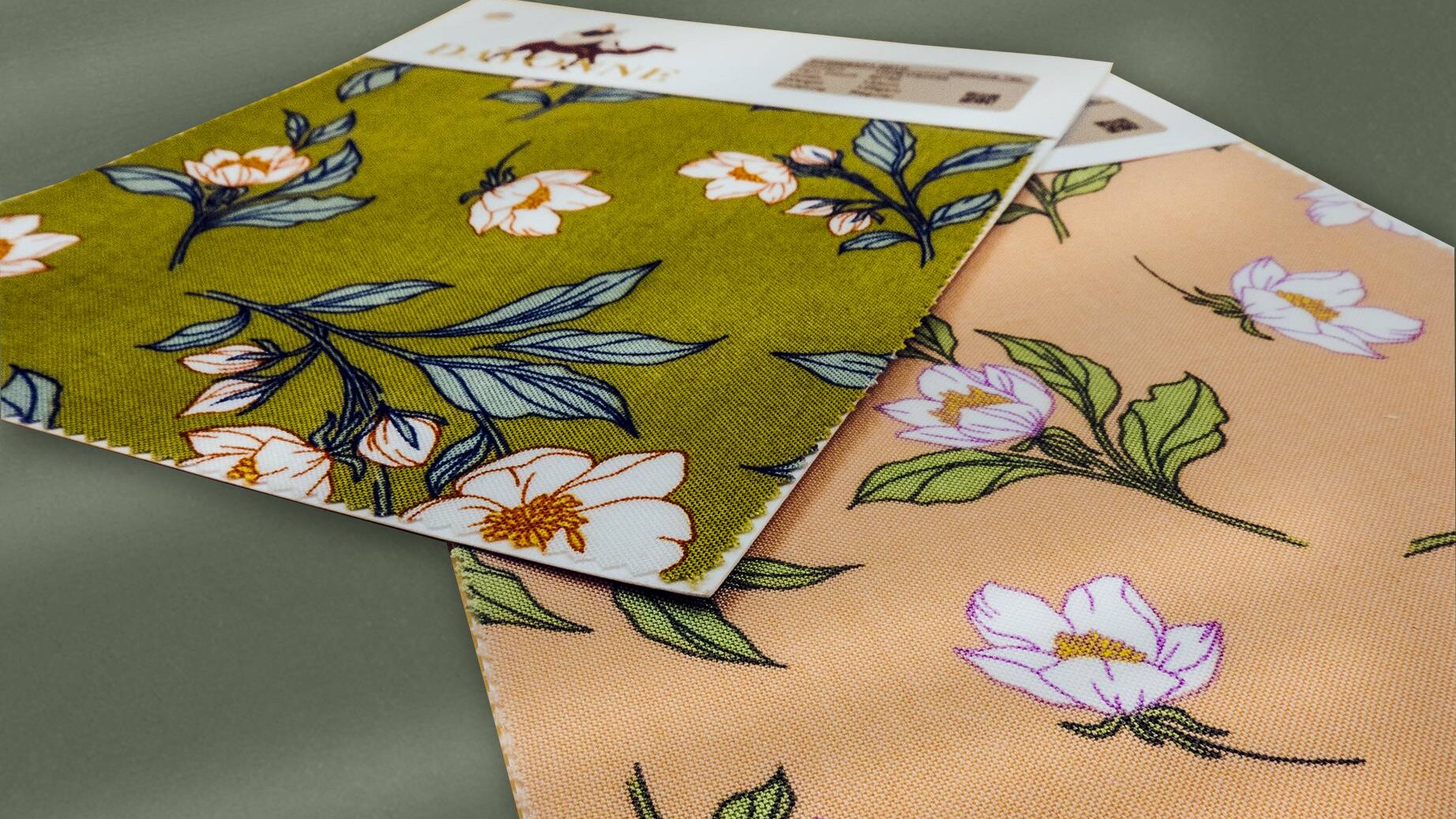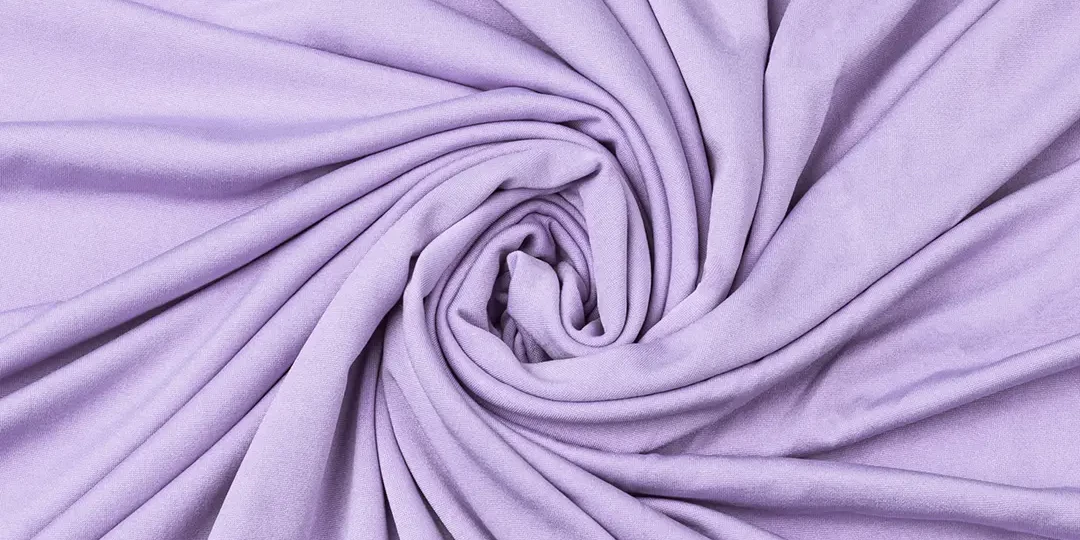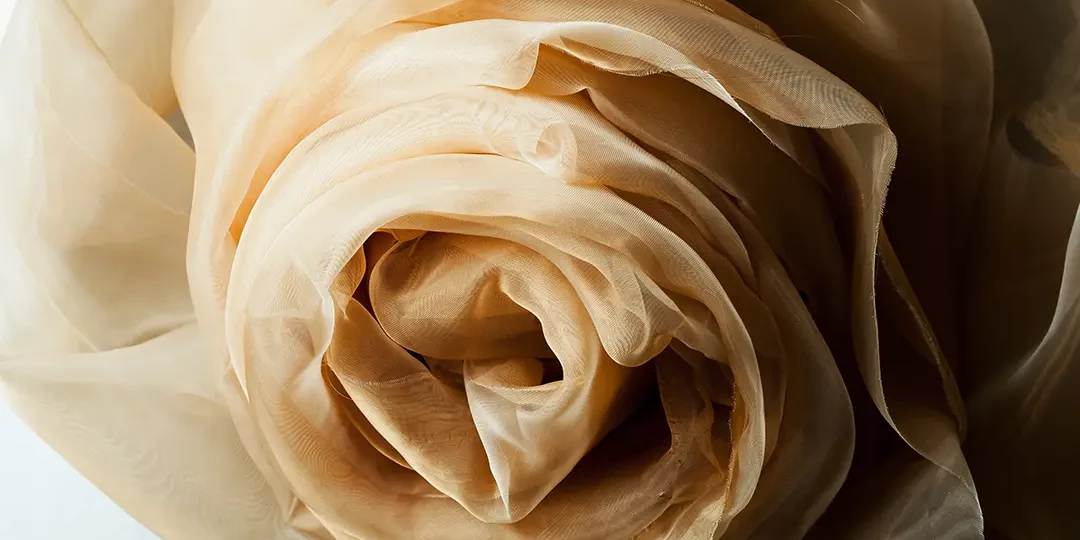Viscose Fabric: Everything You Need to Know
Viscose, often referred to as rayon, is a versatile and widely-used fabric that blends comfort, elegance, and affordability. This guide will take you through every aspect of viscose, from its origins and manufacturing process to its properties and uses.

What is Viscose Fabric?
Viscose is a type of semi-synthetic fabric made from regenerated cellulose, primarily derived from wood pulp. Although it is classified as a man-made fiber, viscose is not entirely synthetic. It falls under the category of “regenerated cellulose” fibers, which means it retains some properties of natural fibers like cotton or silk, while benefiting from the versatility of synthetic production.
Key Characteristics of Viscose
- Soft and Breathable: Viscose is known for its silk-like softness and breathability, making it comfortable for warm weather.
- Highly Absorbent: The fabric is very absorbent, making it an excellent choice for garments like dresses and blouses that need to handle moisture well.
- Lightweight and Drapey: Viscose drapes beautifully, giving clothing a luxurious and flowy appearance.
- Versatile: Can be blended easily with other fibers such as cotton, polyester, or wool to enhance durability and functionality.

The Manufacturing Process of Viscose Fabric
The production of viscose is a multi-step process that transforms cellulose from wood pulp into a soft and smooth fabric. Here’s a detailed look at each step:
1. Extraction of Cellulose
The primary source of cellulose for viscose is wood pulp from fast-growing trees like beech, pine, and eucalyptus. The cellulose is chemically extracted and purified, removing any lignin and impurities.
2. Cellulose Alkalization
The purified cellulose is then treated with sodium hydroxide (caustic soda), which breaks down the cellulose fibers and creates a substance known as “alkali cellulose.”
3. Xanthation
In this step, carbon disulfide is added to the alkali cellulose, turning it into cellulose xanthate. This substance is more soluble, making it easier to spin into fibers.
4. Dissolving and Aging
The cellulose xanthate is dissolved in a caustic soda solution, forming a viscous liquid known as “viscose.” This mixture is allowed to age, enhancing its fiber-forming properties.
5. Spinning the Fibers
The viscose solution is extruded through spinnerets into an acidic bath, where it solidifies into fine fibers. These fibers can then be spun into yarns and woven into fabric.
6. Finishing the Fabric
The final fabric is washed, bleached, and treated to remove any remaining chemicals. This finishing process ensures the fabric is soft, smooth, and ready for use in various applications.

Advantages and Disadvantages of Viscose
While viscose has many desirable attributes, it also has some drawbacks that need to be considered.
Advantages
- Affordable Alternative to Silk: Viscose offers the luxurious feel of silk at a fraction of the cost.
- Highly Absorbent: Ideal for activewear and summer clothing due to its moisture-wicking properties.
- Biodegradable: Made from natural cellulose, viscose is more eco-friendly compared to fully synthetic fabrics like polyester.
- Versatile: Easily dyeable and can mimic the feel of various natural fabrics.
Disadvantages
- Delicate: Viscose is prone to wrinkling and may require careful handling and maintenance.
- Sensitive to Moisture: The fabric can weaken when wet, reducing its durability.
- Environmental Concerns: The production process involves harsh chemicals, which can have environmental impacts if not properly managed.
- Potential Shrinkage: Viscose garments may shrink when exposed to water, especially if not pre-treated.
Common Uses of Viscose Fabric
Viscose is a highly versatile material used in a wide range of products:
- Clothing: Dresses, blouses, linings, and activewear due to its lightweight and breathable nature.
- Home Textiles: Bedding, curtains, and upholstery, offering a soft and luxurious feel.
- Medical Products: Used in bandages and sanitary products due to its absorbency.
- Industrial Applications: Used in tire cords and conveyor belts due to its strength when blended with other fibers.
How to Care for Viscose Fabric
Proper care can extend the life of viscose garments. Here are some key tips:
- Washing: Hand wash in cold water or use a delicate cycle on the washing machine.
- Drying: Lay flat to dry or use a low heat setting in the dryer. Avoid wringing out the fabric to prevent damage.
- Ironing: Use a low heat setting and iron on the reverse side to avoid direct contact with the fabric.
Sustainable Alternatives to Viscose
As concerns about the environmental impact of viscose production grow, sustainable alternatives are emerging. Here are a few options:
- Lyocell: A similar but more eco-friendly fiber made using a closed-loop process that recycles chemicals.
- Bamboo Viscose: Uses bamboo as the cellulose source, which is a more sustainable and renewable resource.
- Organic Cotton Blends: Combining viscose with organic cotton reduces chemical use and enhances fabric durability.
Conclusion
Viscose is a remarkable fabric that offers a balance between the luxury of natural fibers and the versatility of synthetic materials. Its unique properties make it a popular choice in the fashion and textile industries, though it’s important to be mindful of its care requirements and environmental impact. As innovations in sustainable fabric production continue, viscose remains a staple material that evolves with the demands of consumers and manufacturers alike.


